How Mood Follows Action
Every year, on the 10th of October, the world comes together to for World Mental Health Day. This day serves as a reminder to prioritise our mental wellbeing and engage in conversations that break down stigma surrounding mental health issues.
It's easy to assume that our actions are a direct result of our moods. However, research has shown that our moods often follow our actions. This insight can be a game-changer in promoting positive mental health and fostering personal growth. If we feel happy, we engage in activities that make us happy; if we're sad, we might choose to isolate ourselves. However, the relationship between action and mood is a two-way street. Our actions don't merely follow our moods; they can also influence and shape our moods.
Behavioural activation is a therapeutic approach that highlights the connection between action and mood. The premise is simple yet powerful: engaging in positive, purposeful activities, even when we don't feel like it, can lead to an improvement in our mood. By consciously taking action and participating in activities they once enjoyed, individuals can start a positive feedback loop that gradually uplifts their mood. This phenomenon aligns with the "do something" principle, which suggests that taking any small positive action can trigger a chain reaction of improved mood and increased motivation. Whether it's exercising, pursuing a hobby, or completing a task, the act of doing can have a profound impact on our mental state.
The daily reminder of TAKE15 encourages us to pause and rest. The "Five Ways to Wellbeing" beautifully harmonise with the concept that our mood is influenced by our actions. Participating in Connect, Be Active, Learn, For You and Give can effectively mould our emotions in a positive way. By incorporating these principles into our daily routines, we embrace the profound impact of taking action to elevate our general sense of wellbeing.
Harnessing the connection between action and mood requires a proactive approach.
Here are some strategies to incorporate into your routine:
1. Set Small Goals: Begin with achievable goals, no matter how trivial they may seem. Completing even the simplest tasks can trigger positive feelings.
2. Maintain Routine: Establishing a daily routine can provide structure and purpose, making it easier to engage in activities that uplift your mood.
3. Embrace Mindfulness: Mindfulness practices, such as meditation and deep breathing, can help you become more aware of your thoughts and emotions, enabling you to choose actions that positively influence your mood.
4. Cultivate Social Connections: Engaging in social activities, even if you're not in the mood initially, can lead to positive interactions and improved emotional well-being.
As we approach World Mental Health Day this October, let’s remember that our actions hold the key to shaping our mood and overall mental wellbeing. By embracing the understanding that mood follows action, we empower ourselves to break free from the limitations of negative emotions and proactively take charge of our mental health journey.

